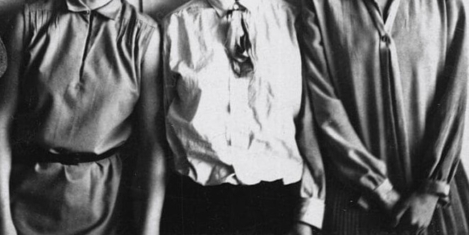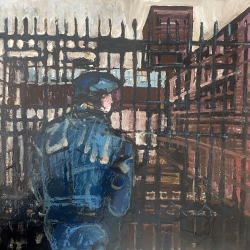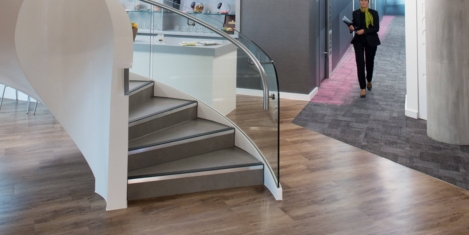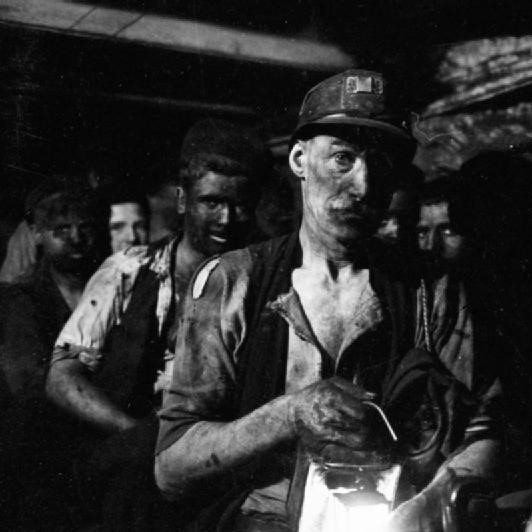February 29, 2024
Two in five architects say they are already using AI on projects
 New research by the Royal Institute of British Architects (RIBA) suggests that 41 percent of UK architects are already using artificial intelligence (AI) on at least the occasional project, and of those, 43 percent think it has made the design process more efficient. The RIBA AI report includes the findings of a survey asking architects how they are using and plan to use AI. In the next 2 years, 54 percent of architects expect their practice to use AI, and 57 percent think it will improve efficiency in the design process. However, this ambition this doesn’t yet seem to be matched by investment, as 69 percent say their practice has not invested in AI research and development, and only 41 percent expect their practice to invest. More →
New research by the Royal Institute of British Architects (RIBA) suggests that 41 percent of UK architects are already using artificial intelligence (AI) on at least the occasional project, and of those, 43 percent think it has made the design process more efficient. The RIBA AI report includes the findings of a survey asking architects how they are using and plan to use AI. In the next 2 years, 54 percent of architects expect their practice to use AI, and 57 percent think it will improve efficiency in the design process. However, this ambition this doesn’t yet seem to be matched by investment, as 69 percent say their practice has not invested in AI research and development, and only 41 percent expect their practice to invest. More →



































March 1, 2024
Navel gazing may not be the answer to the challenges facing workplace professions
by Mark Eltringham • Comment, Facilities management, Workplace, Workplace design
An adherence to strongly held beliefs can make people think and behave in peculiar ways and get them tangled up in peripheral issues that take on a great deal of significance. Early religious artists, for example, spent centuries wrestling with the seemingly intractable problem of whether to depict Adam and Eve with belly buttons or not. More →